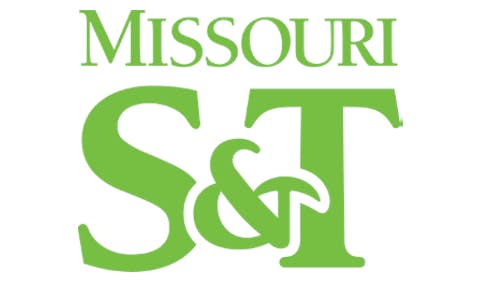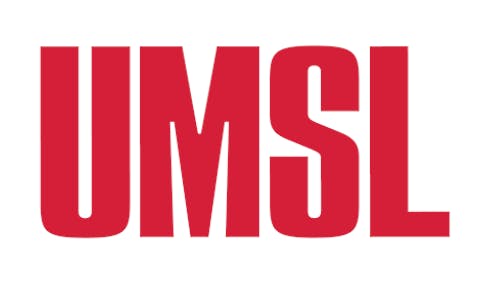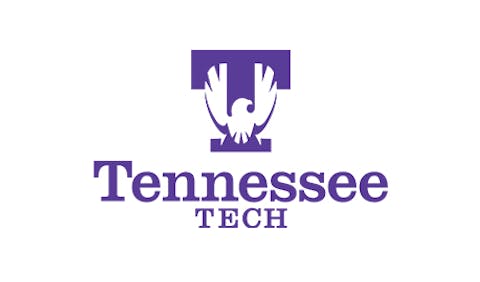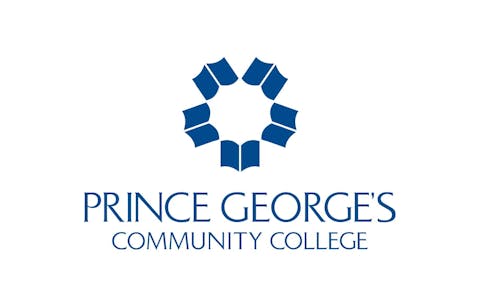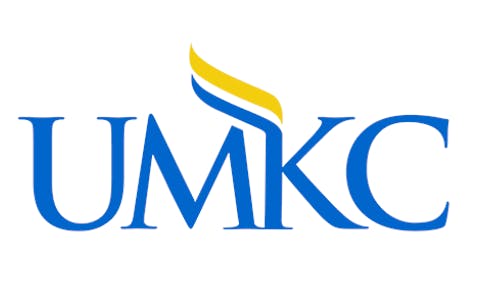 Emil Guillermo
Emil Guillermo
After other universities — most notably MIT and George Washington University were resorting to police violence to end encampments — Garber was standing firm but going a different route. He told students they were free to protest but not free to disrupt the academic life at Harvard, which included graduation. Failure to do so would result in “involuntary leave,” essentially a suspension.
And then Garber left it up to the students.
It was a crossroads moment. When the students did not leave immediately, I feared the worst. Then, the students met and voted this week to end the encampment.
What happened? The students realized they were not terrorists, but students first. Harvard students. Garber got them to understand that. And he did so without giving in to the demand of divestment. In fact, Garber didn’t have to agree to much of anything. He simply cut off the students’ ability to be in Harvard Yard comfortably. No food. No bathrooms. No access to Harvard housing. He made protesting harder than studying for finals.
Garber reportedly did agree to listen and to hear the students out in future talks. Not negotiations, mind you. Just future “talks.” And then, he gave protestors a fig leaf, allowing for suspensions to be dealt with favorably for the students.
Terrorists don’t care about student records. Students do. They have futures with grad school hopes. That’s the message on graduation day. They are the future, right? Garber appealed to who the protestors were on the inside, respecting their political views. And the students took a vote and the majority agreed to leave on their own.










